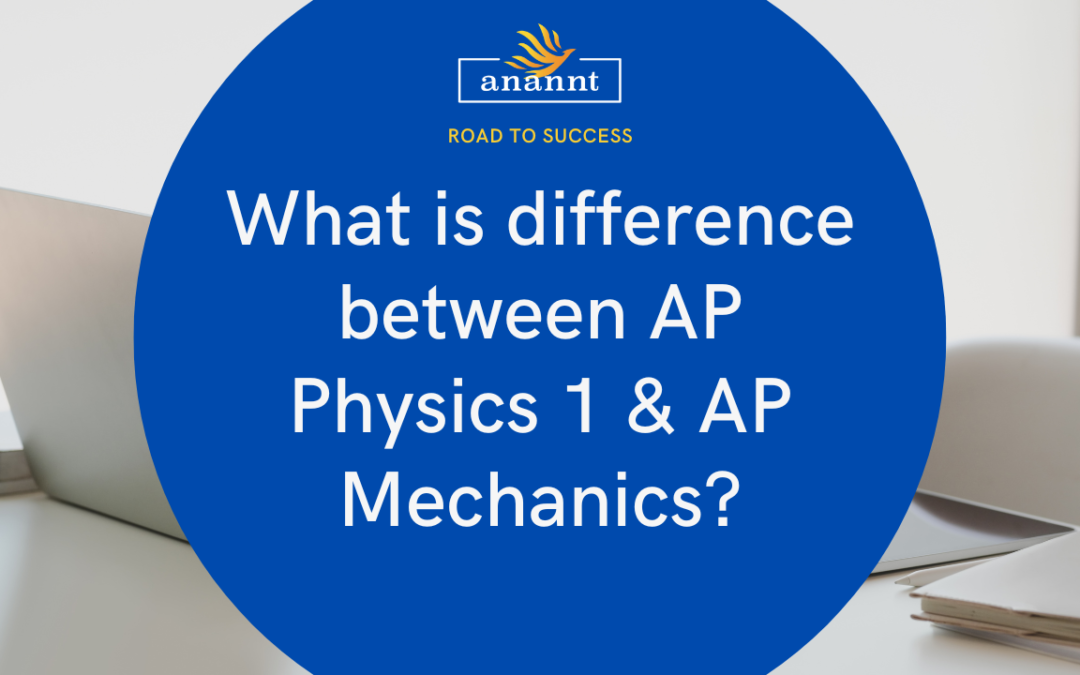
How to Prepare for AP Mechanics
Introduction
How to Prepare for the AP Mechanics exam? Let’s simplify your study plan. Here’s what to tackle:
Understanding Forces and Motion
Firstly, focus on forces and how they influence motion. Learn about Newton’s three laws and apply them to objects moving in straight lines, circles, and under the influence of gravity. Additionally, consider how momentum and friction play crucial roles in motion.
Diving into Energy and Work
Secondly, grasp the concepts of work and energy. Understand how forces perform work, the relationship between kinetic and potential energy, and the principle that energy transforms but is conserved. Moreover, explore how power measures the speed of work done.
Exploring Momentum in Collisions
Thirdly, delve into momentum. Recognize the importance of momentum conservation in both elastic and inelastic collisions. This section requires understanding the nuances of collisions in one and two dimensions.
Unpacking Rotational Motion
Subsequently, investigate rotational motion. Study the dynamics of spinning objects, including the factors affecting their rotation and the concept of rotational energy.
Investigating Oscillations and Gravity
Finally, examine oscillatory motion and gravitation. Look into simple harmonic motion, the effects of gravity on planetary orbits according to Kepler’s laws, and the significance of gravitational energy.
Crafting Your Study Plan
- Begin with the Basics: Initially, ensure you have a solid grasp of the fundamental concepts and equations.
- Engage in Problem-Solving: Then, practice applying these concepts through problem-solving to strengthen your understanding.
- Prioritize Key Topics: Furthermore, give extra attention to forces and energy conservation, as they are central to the exam.
- Commit to Regular Study: Lastly, dedicate consistent weekly hours to reviewing materials and solving problems.
Enhancing Readability with Transitions
- Simplify Your Language: Aim for straightforward explanations using uncomplicated words and brief sentences.
- Organize with Headings: Structure your content clearly with descriptive headings.
- Link Ideas Smoothly: Employ transition words like “firstly,” “additionally,” “moreover,” “subsequently,” and “finally” to seamlessly connect sections.
By adopting a focused and systematic approach to your study, complemented by effective use of transition words for clearer understanding, you’re setting yourself up for success on the AP Mechanics exam. Good luck!
For a more in-depth exploration of our offerings, please visit our website Anannt Education and feel free to connect with us directly via WhatsApp for any queries or further information.


Recent Comments